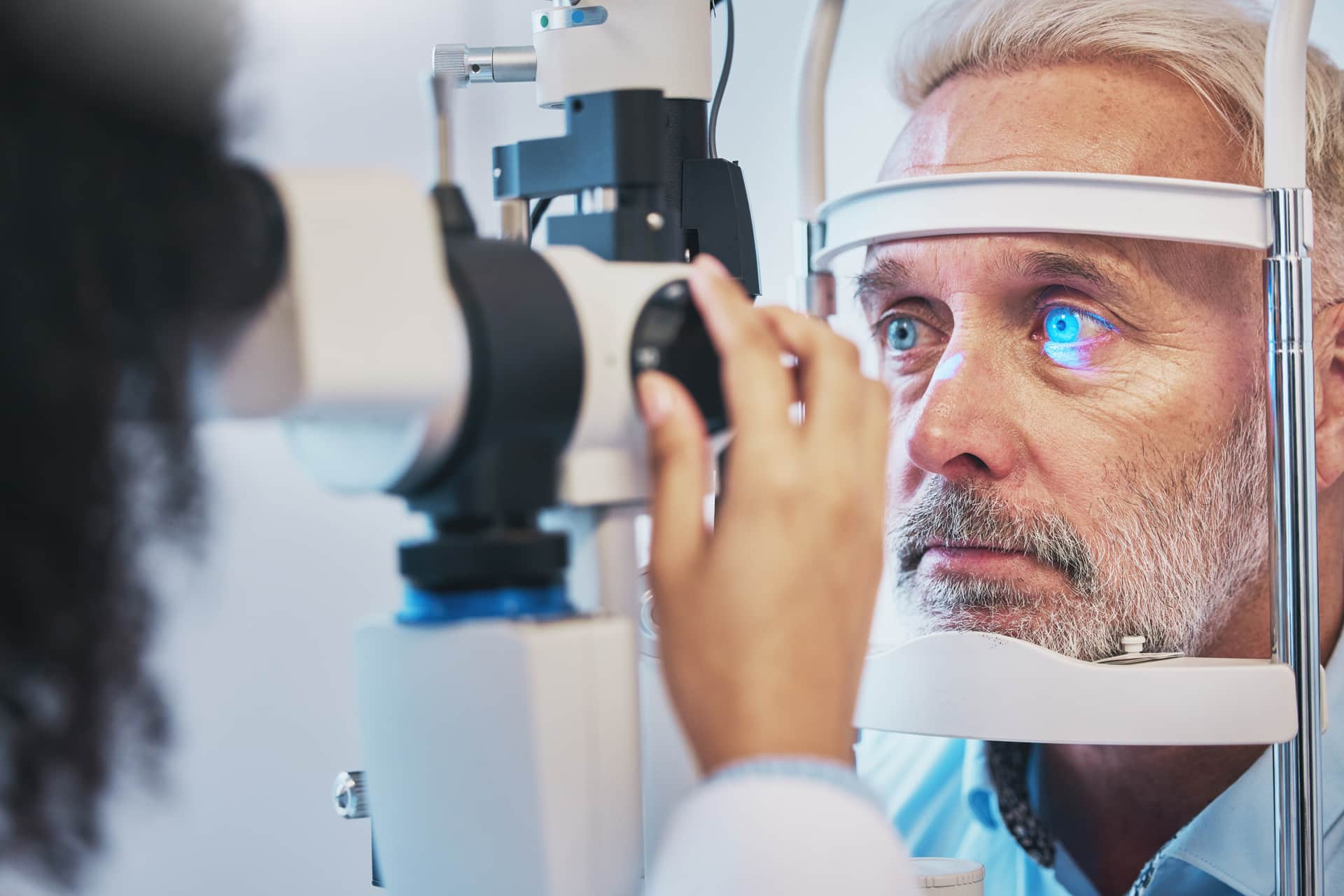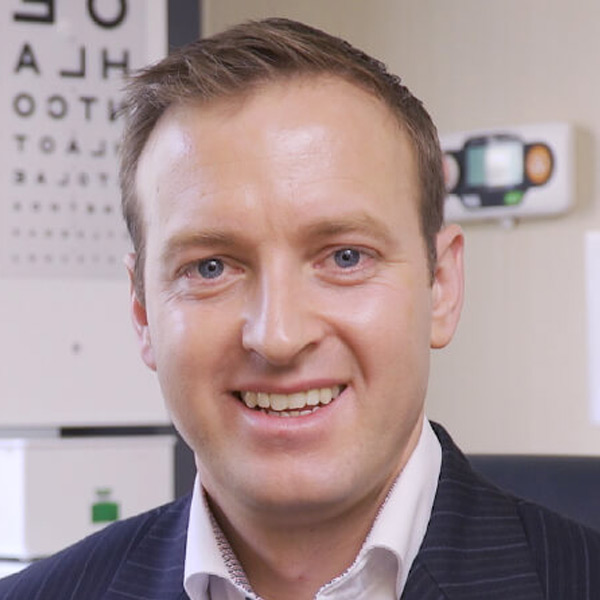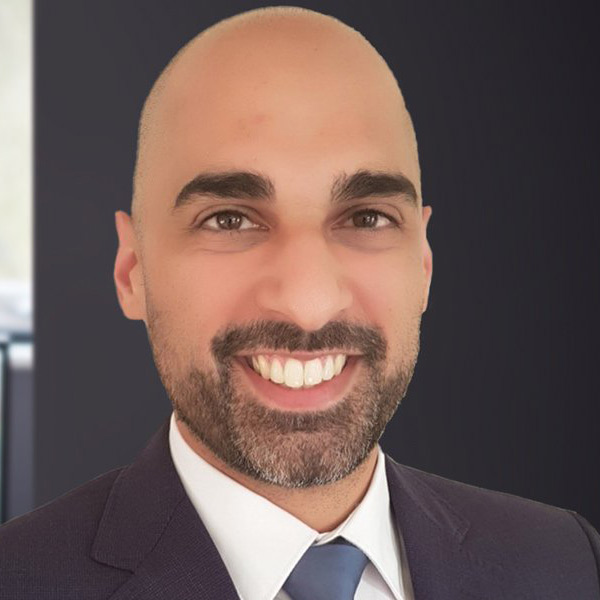Advanced vitreoretinal surgery
Vitreoretinal surgery is a sophisticated medical intervention that addresses complex retinal and vitreous conditions
Vitreoretinal surgery encompasses a variety of procedures aimed at treating conditions affecting the retina and the vitreous jelly, the gel-like substance that fills the eye. These surgeries are vital for addressing vision-threatening issues such as macular holes, epiretinal membranes, floaters and complications from diabetic retinopathy.
This guide explores these procedures, providing insight into their importance, methods, and outcomes.

Macular hole surgery
A macular hole is a small defect in the central retina (macula) that can cause significant vision loss, particularly blurriness and distortion. Macular holes often develop due to age-related changes in the vitreous gel, which may pull on the retina.
Surgery for a macular hole involves a vitrectomy, which is the removal of the vitreous jelly. The surgeon may also peel away a fine layer of tissue, known as the internal limiting membrane, to reduce tension and encourage healing.
To promote the closure of the hole, a gas bubble is introduced into the eye during surgery. This bubble acts as a temporary tamponade, holding the edges of the macular hole together. Patients are often required to maintain a face-down position post-surgery for several days to keep the bubble in place. Recovery takes several weeks, but the procedure is highly effective, with most patients experiencing significant vision improvement. Patients with a gas bubble should not fly for few weeks following the procedure.

Epiretinal membrane peel surgery
An epiretinal membrane (ERM), or macular pucker, is a thin layer of fibrous tissue that forms on the retinal surface, causing distortion and blurry vision. While mild cases may not require treatment, severe cases often need surgical intervention.
The procedure to remove an ERM involves a vitrectomy followed by the careful peeling of the membrane from the retina.
This delicate surgery restores the macula’s natural contour, improving visual clarity and reducing distortion. While full recovery may take several months, patients often notice gradual improvements in their vision. Success rates for this surgery are high, with a low risk of complications.

Floaterectomy
Floaters, which are caused by clumps of collagen or debris within the vitreous, are a common and usually harmless phenomenon. However, in cases where floaters significantly impair vision or quality of life, a floaterectomy may be performed.
This involves removing the vitreous jelly and replacing it with a saline solution or another clear fluid.
Floaterectomy is particularly beneficial for patients with large or persistent floaters that interfere with daily activities. The procedure provides immediate relief, and the results are typically permanent, as the vitreous jelly does not regenerate.

Diabetic Vitrectomy
Diabetic retinopathy is a leading cause of vision loss among individuals with diabetes, and can often result in complications like vitreous haemorrhage, retinal detachment, or the formation of scar tissue. A diabetic vitrectomy is performed to address these issues and stabilise the eye.
During the procedure, the surgeon removes the blood-filled or scarred vitreous jelly and may repair retinal detachments or eliminate traction caused by scar tissue. Laser treatments are often combined with the surgery to seal retinal tears or destroy abnormal blood vessels.
Diabetic vitrectomy is a critical intervention for preventing severe vision loss in advanced diabetic retinopathy. With advancements in surgical techniques and equipment, the success rates of these procedures have significantly improved, meaning that progressively more patients can be treated.
Preoperative and postoperative considerations
Before vitreoretinal surgery, patients undergo thorough eye examinations, including imaging tests like Optical Coherence Tomography (OCT) or Optical Coherence Tomography Angiography (OCTA), to assess the retina’s condition. Patients may need to stop taking certain medications prior to a vitrectomy.
Postoperatively, patients are typically prescribed anti-inflammatory and antibiotic eye drops to promote healing and prevent infection. Activities such as heavy lifting, vigorous exercise, or exposure to potential irritants should be avoided during recovery. For surgeries involving a gas bubble, patients must adhere to strict positioning guidelines to ensure proper healing.
Conclusion
Vitreoretinal surgery is a sophisticated medical intervention that addresses complex retinal and vitreous conditions. Procedures such as macular hole repair, epiretinal membrane peel surgery, floaterectomy, and diabetic vitrectomy are critical for restoring vision and enhancing patients’ quality of life.
By understanding the processes and adhering to pre- and postoperative care instructions, patients can maximise the benefits of these life-changing procedures. As technology and surgical techniques continue to advance, the outcomes of vitreoretinal surgery become even more successful, offering hope to countless individuals who are affected by these conditions.
Meet our team
Your surgeons
Our expert team of eye surgeons will put you at ease. From your initial consultation, to post-operative care – our surgeons have a wealth of expertise and experience.

Simon N Madge
Consultant Eye Surgeon

Ben While
Consultant Eye Surgeon

George L Morphis
Consultant Eye Surgeon

Geraint Williams
Consultant Eye Surgeon

Amun Sachdev
Consultant Eye Surgeon
Central location with Finance options available
You will find us easily in central Hereford. There is ample on-site parking, and we are very close to the new development, Old Market Shopping Centre and Waitrose. There is no need for a referral, nor do you need to have private medical insurance. Finance options are available for all our procedures, if required.
Premium options
Why not Go Platinum?
Discover our range of premium options for complete peace of mind. Many people naturally worry about what will happen after their procedure… How to get home? How to put eye drops in? Who’s making dinner?
Our Platinum package deals with all your concerns, allowing you the options of a chauffeur transfer to and from The Wye Clinic, luxury accommodation and fine dining at Hereford’s premier boutique hotel, the Castle House Hotel, and help with your postoperative care – either at home or at the hotel – from Katherine Harriet’s Bespoke Home Care’s team of healthcare professionals.

